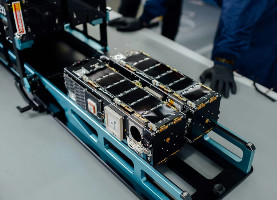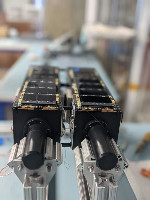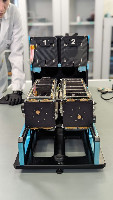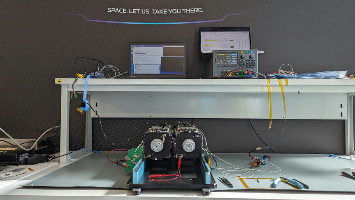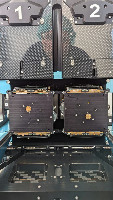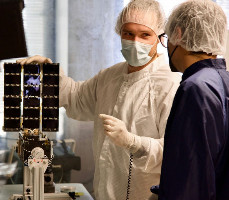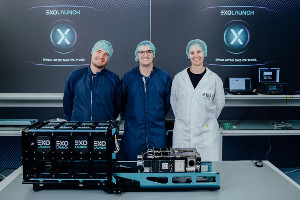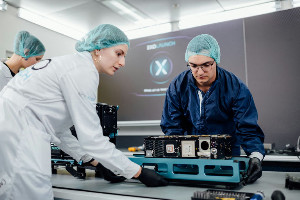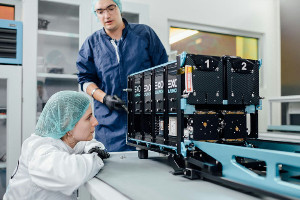| Spacecraft | CURIE |
|---|---|
| Form factor | CubeSat |
| Units or mass | 3U |
| Organization | University of California, Berkeley |
| Institution | University |
| Entity type | Academic / Education |
| Country | US |
| Launch brokerer | NASA CSLI / ELaNa |
| Oneliner |
Radio astronomy missions to measure radio waves from 0.1-19MHz. |
| Description |
Measures radio waves from 0.1-19MHz, which must be measured from space, as those frequencies fall below the cutoff imposed by Earth's ionosphere. The principal science objective for~~** **~~CURIE is to use radio interferometry to study radio burst emissions from solar eruptive events such as flares and coronal mass ejections (CMEs) in the inner heliosphere. It will be able to determine the location and size of radio burst source regions and then to track their movement outward from the Sun. CURIE will provide observations important to understanding the space weather environment. Launch as a 6U Cubesat and then separate into two 3U Cubesats once in orbit |
| Results | |
| Sources | [1] [2] [3] [4] [5] |
| Photo sources | [1] [2] [3] [4] [5] [6] [7] |
Related Spacecraft
| Spacecraft | Status | Launcher | Launch | Orbit |
|---|---|---|---|---|
| CURIE A (CUbesat Radio Interferometry Experiment) | No signal? (No news found after launch and object not identified, but could be operating only over California, as of 2024-12-16) | Ariane 6, (ELaNa 48) | 2024-07-09 | 570 km, 62 deg |
| CURIE B (CUbesat Radio Interferometry Experiment) | No signal? (No news found after launch and object not identified, but could be operating only over California, as of 2024-12-16. Attached to CURIE A?) | Ariane 6, (ELaNa 48) | 2024-07-09 | 570 km, 62 deg |
Last modified: 2024-12-23
